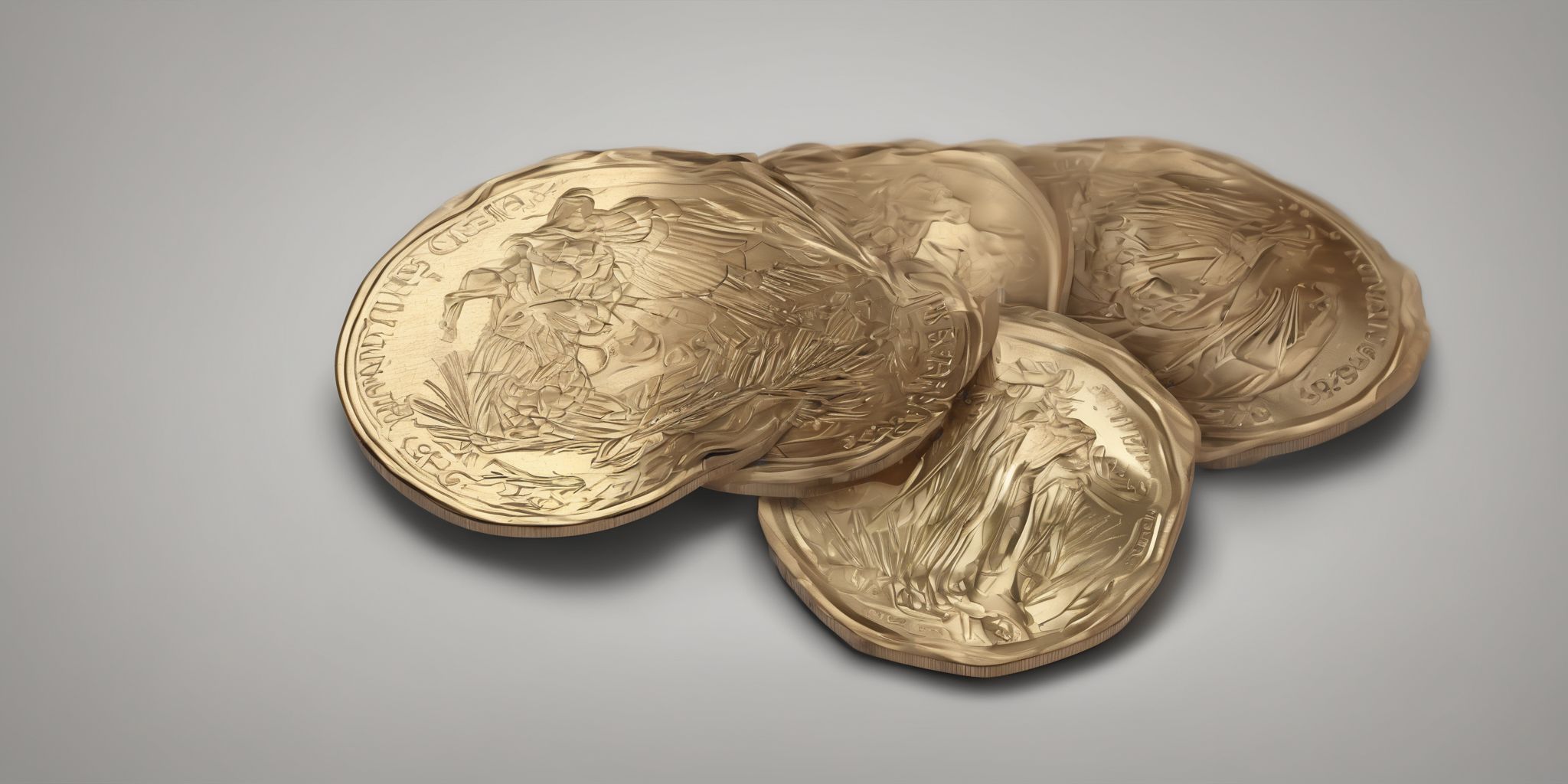The History of Credit Cards: From Diners Club to Present Day
Imagine a world where carrying around a stack of bills was the norm, making every purchase a test of wits and wallet capacity. Then, from the depths of inconvenience and fiscal distress, a tiny plastic marvel emerged: the credit card. A revolutionary concept that changed the way we shop, dine, and splurge, the credit card has come a long way since its inception.
From the humble beginnings of Diners Club to the technological wonders of present-day plastic, join us on a journey through time as weexplore the captivating history of credit cards. Get ready to uncover the stories hidden behind those shiny pieces of payment power.
The concept of credit
The concept of credit has been integral to the history of credit cards. It revolves around the idea of borrowing money with the promise of repayment later. Credit allows individuals to make purchases or access funds without immediate cash on hand. It is based on trust and financial responsibility.
For example, when using a credit card, the cardholder borrows money from the issuer to make a purchase and agrees to pay back the amount within a certain timeframe. This system has provided people with the flexibility to make purchases and manage their finances effectively.
Early beginnings
Charge plates
During the early years of credit cards history, charge plates were a common form of payment. These small metal plates, resembling dog tags, were issued by individual merchants to their trusted customers. When making a purchase, customers would present the plate, which contained their account information, to the merchant. The merchant would then record the transaction manually and bill the customer later.
While charge plates provided a convenient way to defer payment, they lacked the universal acceptance and standardized system that modern credit cards offer. Charge plates were gradually replaced by more sophisticated payment methods that allowed for broader usage and streamlined transactions.
Department store cards
- Department store cards played a significant role in the history of credit cards.
- They were among the earliest forms of credit extended to consumers for use exclusively at specific stores.
- Department store cards allowed customers to make purchases on credit and pay off their balances over time.
- These cards provided a convenient way for individuals to access credit without needing to carry large amounts of cash.
- Department store cards often offered special perks or discounts exclusive to cardholders, incentivizing customers to choose these cards over others.
- Over time, department store cards paved the way for the development of more widespread and versatile credit card programs.
The birth of Diners Club
Frank McNamara's idea
- In the history of credit cards, one pivotal figure was Frank McNamara, who came up with the idea that would revolutionize the way people make payments.
- McNamara conceived the concept of a universal charge card after forgetting his wallet while dining out.
- This led to the creation of the Diners Club card, which was the first credit card that could be used at multiple establishments.
- McNamara's idea transformed the way people conducted transactions by providing a convenient and cashless payment solution.
- His innovation paved the way for the development of other credit card programs and laid the foundation for the modern credit card industry.
First credit card program
In the early days of credit cards history, the concept of a centralized card program was introduced. This marked the beginning of the first credit card program, which allowed customers to make purchases on credit from a variety of merchants. The program provided customers with a convenient way to access credit without carrying cash. Users were issued a card that they could present at participating merchants to make purchases, and the amount charged would be billed to their account.
This innovation transformed the way people made payments and laid the foundation for future developments in the credit card industry.
The evolution of credit cards
BankAmericard
BankAmericard, a pioneering credit card, played a significant role in the history of credit cards. Introduced in 1958, it was one of the first general-purpose credit cards to be widely accepted by various merchants. BankAmericard revolutionized consumer spending by allowing individuals to make purchases without carrying cash. This innovation not only provided convenience but also stimulated economic growth by increasing consumer purchasing power.
The success of BankAmericard set the stage for the development of modern credit card networks and paved the way for the global credit card industry we see today.
Master Charge
In the history of credit cards, Master Charge played an influential role. It was established as the Interbank Card Association to compete with BankAmericard. Master Charge introduced the concept of a global credit card network, allowing transactions to be processed across different banks and countries. This innovation paved the way for seamless international payments and expanded the accessibility of credit cards.
Today, this concept has evolved into the vast network of credit card processing that enables users to make purchases around the world.
Visa and MasterCard
In the history of credit cards, Visa and MasterCard have played a significant role. They emerged as major players in the credit card industry, providing widespread acceptance and convenience to cardholders. These companies developed partnerships with various financial institutions, allowing their cards to be accepted globally. This collaboration expanded the reach of credit cards, making them a go-to payment method for consumers worldwide.
With Visa and MasterCard, individuals gained access to a vast network of merchants and ATMs, enabling seamless transactions wherever they were. This growth and accessibility propelled the credit card industry forward, shaping the way people manage their finances and make purchases today.
Credit cards history and technological advancements
Magnetic stripe technology
Magnetic stripe technology revolutionized the credit card industry. It allowed for the storing of cardholder data on a magnetic stripe, streamlining transactions. This advancement eliminated the need for manual imprinting and carbon copies, making transactions faster and more efficient.
Merchants could simply swipe the card through a magnetic reader to retrieve the necessary information. This technology paved the way for the widespread adoption of credit cards. It also enabled the development of ATM cards and access cards for various facilities.
Today, magnetic stripe technology is gradually being replaced by more secure alternatives, such as EMV chips. However, its impact on the credit card industry and the convenience it brought to consumers cannot be ignored.
EMV chips
EMV chips revolutionized credit card security. These small microprocessors embedded in credit cards generate unique transaction codes for every purchase, making them nearly impossible to replicate or counterfeit. By integrating encryption technology, EMV chips protect sensitive cardholder data from being easily accessed by fraudsters. This advancement has significantly reduced fraud rates in countries where EMV technology is adopted.
As a result, consumers can feel more confident in using their credit cards for both online and offline transactions. EMV chips have become a standard in the credit card industry, providing a higher level of security and ensuring safer transactions for cardholders worldwide.
Contactless payments
Contactless payments have revolutionized the way we use credit cards. By simply tapping or waving the card over a payment terminal, transactions can be processed quickly and conveniently. This technology utilizes radio frequency identification (RFID) or near-field communication (NFC) to securely transmit payment information. Contactless payments offer speed and ease, making them a popular choice for small purchases and public transportation systems.
Additionally, mobile wallets and wearable devices now also support contactless payments, providing further convenience. The widespread adoption of contactless payments highlights the continuous advancement in credit card technology, making transactions faster and more seamless for consumers.
Credit card industry expansion
Discover Card
Discover Card, one of the major players in the credit card industry today, has a fascinating history. Launched in the mid-1980s, it introduced several innovative features that set it apart from its competitors. One notable aspect was its cashback rewards program, which gave cardholders a percentage of their purchases back as a monetary bonus. This concept revolutionized the credit card landscape and inspired other issuers to develop their own reward programs.
Discover Card's entry into the market not only enhanced consumer choices but also encouraged healthy competition among credit card companies, leading to greater benefits and incentives for cardholders.
American Express
American Express, a prominent player in credit cards history, has made significant contributions to the industry. Known for its charge card model, American Express pioneered the concept of annual fees, which provided additional services and benefits to cardholders. This innovative approach revolutionized the credit card landscape and led to the introduction of rewards programs by other issuers.
Today, American Express continues to thrive by offering exclusive perks, such as airport lounge access and concierge services, making it a popular choice for affluent customers seeking elevated experiences. Its strong brand recognition and reputation for exceptional customer service have solidified its position in the credit card industry.
Challenges and regulations
Challenges and regulations have played a significant role in shaping the credit cards history. Here are some key aspects to consider:
- Consumer protection laws: Government regulations ensure fair practices, disclosure requirements, and protection against fraudulent activities.
- Interest rate regulations: Laws restrict excessive interest rates and provide guidelines for billing practices, benefiting consumers.
- Data security: Stringent regulations enforce the protection of sensitive customer data, reducing the risk of data breaches.
- Anti-money laundering measures: Credit card companies adhere to regulations to prevent unauthorized transactions and money laundering activities.
- Balance transfer restrictions: Regulations limit the fees and terms associated with balance transfers, safeguarding consumers' financial interests.
- Credit card debt regulations: Laws govern fair debt collection practices, enabling consumers to manage their credit card debt effectively.
Credit cards today
Reward programs and benefits
Credit card reward programs have been a significant aspect of credit cards history. These programs provide cardholders with incentives for using their credit cards, such as cashback, airline miles, or rewards points. By offering these benefits, credit card issuers aim to encourage card usage and foster customer loyalty. Cardholders can take advantage of these rewards by carefully selecting a credit card that aligns with their spending habits and financial goals.
For example, frequent travelers may benefit from credit cards offering travel rewards, while those who prefer cashback might opt for cards with generous cashback programs. It's essential for consumers to review and compare various rewards programs to maximize the benefits they receive.
Virtual credit cards
Virtual credit cards revolutionized the credit card industry by providing an added layer of security for online transactions. These temporary, randomly generated card numbers can be used for a single purchase and then expire, making them virtually useless for fraudsters. By keeping real credit card information private, virtual cards significantly reduce the risk of unauthorized transactions and identity theft.
Online shoppers can easily generate these virtual cards through their credit card issuer's website or mobile app, enhancing their peace of mind while making online purchases. This technology has become increasingly popular as consumers prioritize security in the digital age.
Mobile payments
Mobile payments have revolutionized the credit card industry, enabling users to make purchases using their smartphones or wearable devices. This innovation offers convenience and flexibility, as users can make transactions anytime, anywhere. Mobile payment apps securely store credit card information and utilize technologies like NFC or QR codes for seamless transactions.
Additionally, some apps offer additional security features like biometric authentication or tokenization to protect users' financial data. Mobile payments also provide value-added services such as transaction history, budgeting tools, and rewards programs. With the increasing adoption of smartphones, mobile payments continue to shape the future of credit cards, making transactions easier and more accessible for consumers.
Over to you
The history of credit cards traces back to the 1950s when Diners Club introduced the first credit card, allowing users to make purchases at selected restaurants. This sparked the idea of a convenient payment method that spread rapidly across the United States. The concept of credit cards evolved with the introduction of "charga-plate" cards and eventually magnetic strip cards, making transactions even easier.
In the 1980s, advancements in technology brought about the emergence of electronic authorization and online processing for credit card transactions. With time, credit cards became more accessible to the masses, leading to increased consumer spending. Today, credit cards are an integral part of everyday life, offering numerous benefits such as convenience, rewards, and building credit history.


